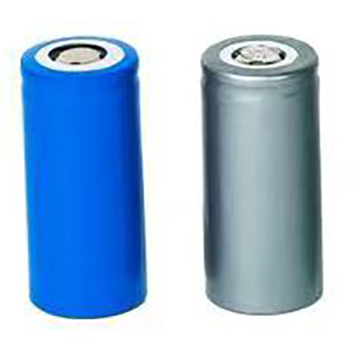Lithium-ion battery cells have many potential safety risks during transportation, such as short circuit, overheating, fire and even explosion, so the correct transportation method is particularly important. At the same time, most countries and regions in the world have strict laws and Regulations for the transportation of lithium batteries, such as the International Air Transport Association Dangerous Goods Regulations (IATA Dangerous Goods Regulations) and the International Maritime Dangerous Goods Code (IMDG Code), which require carriers to comply with relevant regulations. Failure to do so could result in heavy fines or even criminal liability.

before shipping lithium ion battery core, transport personnel or shipper need to do full preparations to ensure the safety of the transportation. Including but not limited to the following aspects:
Confirm the battery type: It is clear whether the lithium ion battery being transported is a lithium metal battery or a lithium ion battery, because different types of battery transportation requirements may be different.
Check battery performance: Ensure that the transported battery has no physical damage, and the battery cell has not overheated, expanded, or leaked.
Battery power requirements: It is generally recommended that the battery power level be kept below 30% during transportation to reduce transportation risks.
Packaging requirements: Select appropriate packaging materials and appropriate packaging methods according to transportation regulations to prevent friction, collision, etc., resulting in battery damage or short circuit.
Labels and documentation: Prepare the necessary shipping documents and the required dangerous goods label, and ensure that all information is clear and accurate.
Understand regulations: Be familiar with and comply with international and national transport regulations, as well as the special requirements of airlines or shipping companies.
It is essential to maintain safety awareness and comply with relevant regulations during the actual transportation of lithium-ion battery cells. Here are a few things that require special attention during transportation:
Follow specific guidelines : Follow different packaging and labeling guidelines depending on whether the battery is a single cell or assembled in a device.
: limited transportation according to the regulation, each packing batteries or there may be restrictions, including the number of battery equipment to ensure that does not exceed the prescribed limits.
Special handling : Special procedures are required to transport batteries requiring special handling or additional reporting, such as damaged or recalled batteries.
Temperature control : Avoid exposing the battery to extreme high or low temperatures, because extreme changes in temperature may affect battery performance and even cause safety accidents.
moisture proof : keep dry and packaging, to avoid moisture intrusion, in case the battery damage or cause a short-circuit.
to prevent short circuit : battery is negative in the course of carriage will not be in contact cause short circuit, using a non-conductive baffle plate or packaging materials.
information sharing: to ensure that all involved in the transport process of all personnel to understand the risk and security requirements of lithium-ion batteries.
To sum up, the transportation of lithium-ion battery cells is a complex and rigorous process that involves many aspects such as preparation before transportation, operation during transportation, and compliance with regulations. In order to ensure the safety of battery transportation and reduce risks, each participant must fully understand and strictly implement the relevant safety regulations. Only in this way can we ensure the safe, efficient and smooth process of the battery from the production plant to the end user.